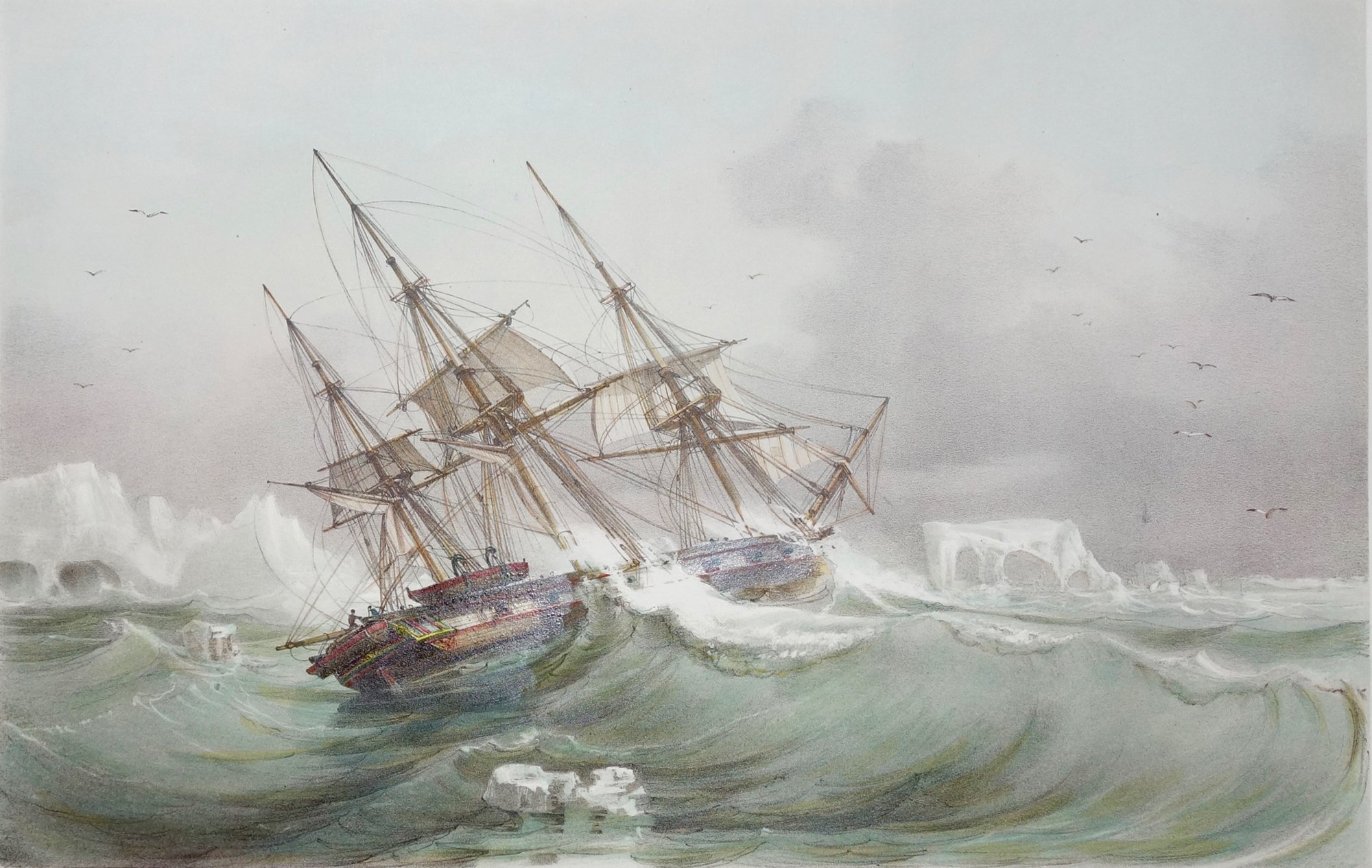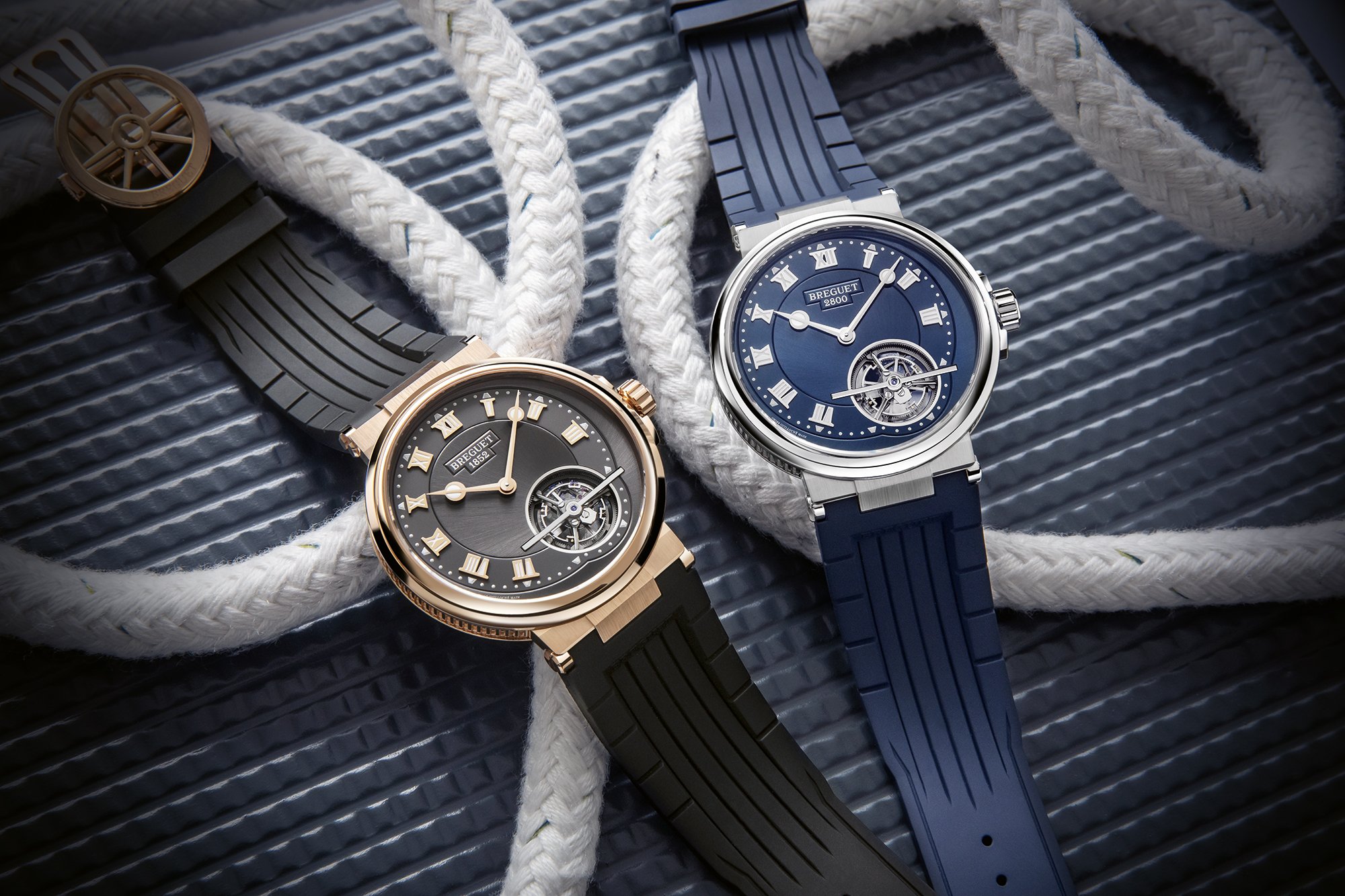fter four years of extensive refurbishment, the French National Maritime Museum, located in the Palais de Chaillot on the Place du Trocadéro in the heart of Paris, has reopened its doors to the public. This is good news for Breguet, whose history is closely tied to that of the City of Light, and of the marine chronometer. The timing could not be better, given that Paris is preparing to host the Olympic Games in 2024, along with an influx of international visitors. Before its renovation, the museum regularly welcomed over a million visitors each year.
Breguet is the patron of a new room in the museum dedicated to the historical techniques that enabled sailors throughout history to navigate the seas, from the ancient astrolabe to contemporary GPS.
“Among the pieces presented in the room is a marine chronometer built by Abraham-Louis Breguet, which we have dated to the 1820s, which was used at sea for some 40 years,” notes Emmanuel Breguet, vice-president and Head of Patrimony for the watchmaker. This gives us an excellent excuse to talk about the crucial role played by marine chronometers in the evolution of maritime navigation. It was their high precision that made it possible to measure longitude, which was a critical factor in the ability to navigate the world’s vast oceans.
-

- Abraham-Louis Breguet was made Horloger de la Marine Royale in 1815. His commission to supply chronometers to the French navy and merchant fleet would be carried on for several decades by his son and grandson.
A very special appointment
The devices created by Breguet and his successors were vital instruments for the French naval and merchant fleets throughout the 19th century. It was a Breguet marine chronometer, housed in a double case to protect it from extremes of temperature, which accompanied the pioneering French explorer, captain Jules Dumont-D’Urville, on his Antarctic expedition aboard his ship, the Astrolabe, in 1840. In one of the strange ironies of history, this accomplished sailor died two years later… in a railway accident. A research station in Adélie Land still bears his name today. The clock, unfortunately, was lost.
A prolific inventor, Abraham-Louis Breguet was already 68 years old when he became Clockmaker to the Royal Navy under King Louis XVIII, after the monarchy was restored in 1815. But why was recognition so long in coming, when his reputation was already well established? “Because there was only one Clockmaker to the Royal Navy, and the position was already occupied,” Emmanuel Breguet explains. “It was a relic of the Ancien Régime that only one person could be appointed to this prestigious position. Before Abraham-Louis Breguet that person was Ferdinand Berthoud, followed by his nephew, Louis Berthoud.”
Although master watchmaker Breguet had joined the Bureau des Longitudes in 1814, there is little doubt that he had harboured hopes of a royal appointment for some time. After all, one of his reasons for developing the tourbillon, which was patented on 26 June 1801, was to improve timekeeping precision at sea!
Dual tribute
And this is where the new launch announced by Breguet this year, over two centuries later, comes in. The Marine Tourbillon 5577 combines the ultimate complication with the precision of marine chronometry.
Astonishingly, we know of only one marine chronometer made by Abraham-Louis Breguet that incorporates a tourbillon. Of the forty or so tourbillon pocket watches that bear his signature, around 10 were used in a maritime context, Emmanuel Breguet explains. The master watchmaker had a very healthy network of contacts along the Atlantic coast, with agents representing him in the naval hubs of Le Havre, Brest and Bordeaux.
The Marine Tourbillon 5577, with a diameter of 42 mm, available in rose gold or platinum, thus represents a wonderful tribute to the founder of the maison, distilling the quintessence of his work into a timepiece whose appearance is exquisitely understated, particularly in comparison with the versions that preceded it in the Marine collection. But its apparent simplicity belies its great complexity, commensurate with the heritage of Abraham-Louis Breguet, and placing even greater importance on the tourbillon located at 5 o’clock. Embracing a minimalistic aesthetic, the self-winding 581 calibre measures just 3 mm deep, thanks to a peripheral rotor. Its balance oscillates at a frequency of 4 Hz, with an 80-hour power reserve. The calibre features a titanium tourbillon cage and a silicon balance spring. The movement finishes are visible through the sapphire case back. The barrel drum is engraved with a compass rose, and some of the decorations specific to the Marine collection are also visible, such as the signature striping.
To accommodate the tourbillon, the hours circle has been nudged slightly off-centre. Finally, the gold hour markers and Breguet hands are luminescent.
Sunken treasures
Before being appointed Clockmaker to the Royal Navy in 1815, Abraham-Louis Breguet had already made around a dozen marine chronometers. Once in position he began to work more quickly, producing around 80 more before his death eight years later, in 1823.
The ledgers maintained by the Breguet company make it possible to track some of these chronometers, mainly those sold to the Naval Ministry and the French merchant navy. “Production of marine chronometers went full steam ahead under Abraham-Louis Breguet and his successors, up to 1840. A new generation of chronometers was launched in the 1860s and 1870s. We know that each of them was in service for thirty to forty years. That meant they would have been in use up to the First World War. Obviously, we didn’t all switch to GPS at that point! Breguet continued to supply watches to the French navy into the 1950s,” Emmanuel Breguet explains.
The maison has bought back around ten of these historic marine chronometers, representing several generations of models, of the hundreds that were produced. Unfortunately, most of them are lost, including the one taken by Dumont-D’Urville on his expedition to the South Pole. As Emmanuel Breguet points out, “Some are at the bottom of the sea, others are in museums or in private hands, and finally, the military generally orders the destruction of anything considered to be military materiel once it has been decommissioned.” [Read more about this in our article on the Type XX]. Who knows what some intrepid wreck diver might discover in the future? Might we see a 19th-century Breguet chronometer liberated from its watery grave one day? That would certainly be quite a find.
TECHNICAL SPECIFICATIONS Case: 18-karat rose gold and platinum Diameter: 42.5 mm Thickness: 9.35 mm Dial: gold sunray Movement: automatic with peripheral rotor Functions: hours, minutes and small seconds, ultra-thin tourbillon Hairspring: silicon Water resistance: 10 bar (100 m) Calibre: 581 Frequency: 4 Hz Power reserve: 80 hours Components: 334 Band: the rose gold version is available with a black rubber or brown alligator strap, or a rose gold bracelet; the platinum version comes with a blue rubber or midnight blue alligator strap, or a platinum bracelet.











